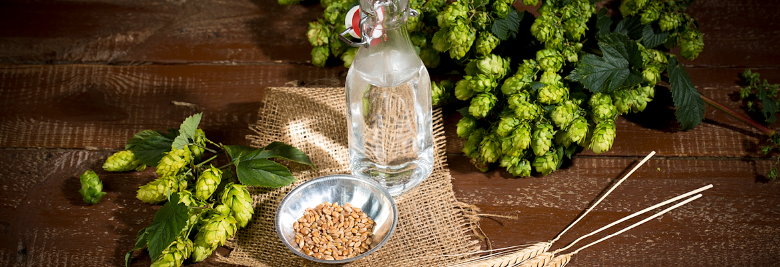The Botanical Garden of San Costanzo - Perugia
The history of "simples" gardens

A green gate near the Church of San Costanzo serves as the entrance to the Perugia Botanical Garden, just like the medieval one at the San Pietro Complex, which is part of CAMS, the University of Perugia's Center for Scientific Museums.
The botanical garden was established in the city in 1720, but the discipline of Botany was introduced in Perugia two centuries earlier, in the sixteenth century. "Theory and practice of simples" were taught, which included the study of substances, mostly derived from plants, used as medicinal ingredients. The medieval gardens already present in the city, cultivated by apothecaries and pharmacists, provided the material for their lessons.
A second garden was established in 1799 by Annibale Mariotti, a university professor. It had a short life. After the defeat of the Roman Republic by Austrian troops, Mariotti, a fervent supporter of the Jacobin cause, was removed from all academic and political positions, and his experimental project fell into disfavor.
The garden we visit today was born in 1966: a facility used as a vineyard and orchard for students and professors, with an olive grove from the early eighteenth century still present, bearing witness to the ancient Umbrian agricultural landscape.
The Umbrian valleys, the history of the Rose, and the seeds from Hiroshima and Nagasaki

The botanical garden houses a wide variety of plants, approximately 1000 different species and cultivars from Italy and various parts of the world, organized into sections based on phylogenetic criteria.
Among the most interesting sections are those of conifers, where rare specimens can be admired, such as the striking Loricato Pine from the Pollino Massif, American Sequoias, and the Nebrodi Mountains Fir, considered extinct at the beginning of the century, with only twenty-four individuals remaining in the wild.
Another section is that of angiosperms. Here, you can observe two important endemics: the Marsican Iris, also found in the Umbrian mountains, and the Farnetto, an oak tree that testifies to the millennia-old history of the now rare lowland forests in the region. Interestingly, in the province of Terni, there is a small village called Farnetta, named after the extensive Farnetto forests in the area.
Continuing the visit, you reach a large rose garden that tells the history of rose cultivation, from European, Middle Eastern, American, and Asian botanical species to modern fragrant and reblooming roses. A curiosity: the first tea rose was isolated in the garden of Malmaison by Giuseppina Bonaparte, from which many of today's well-known roses are descended.



















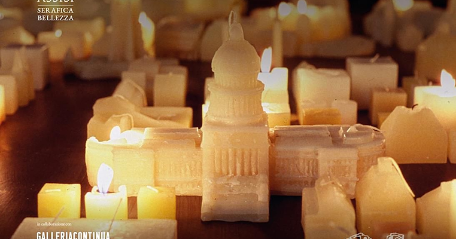




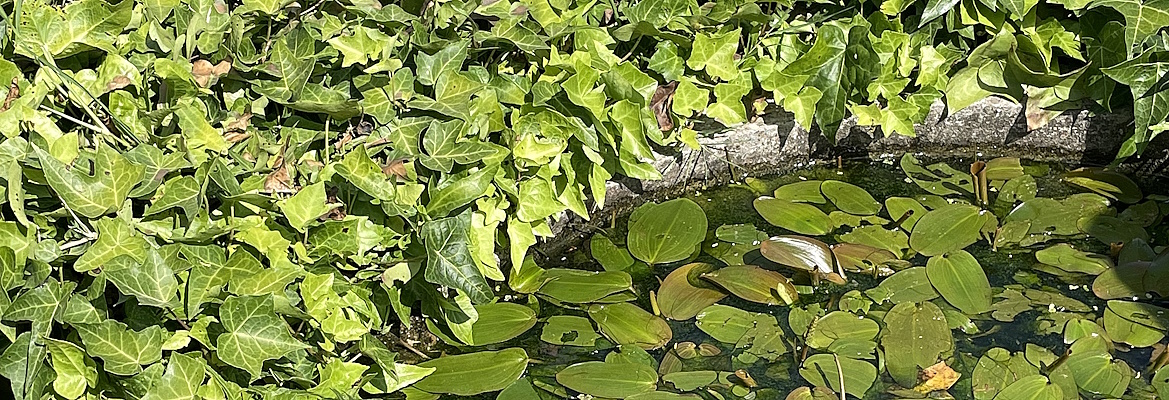
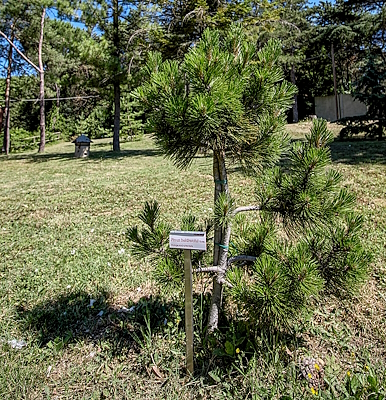
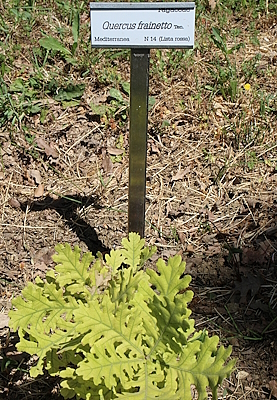
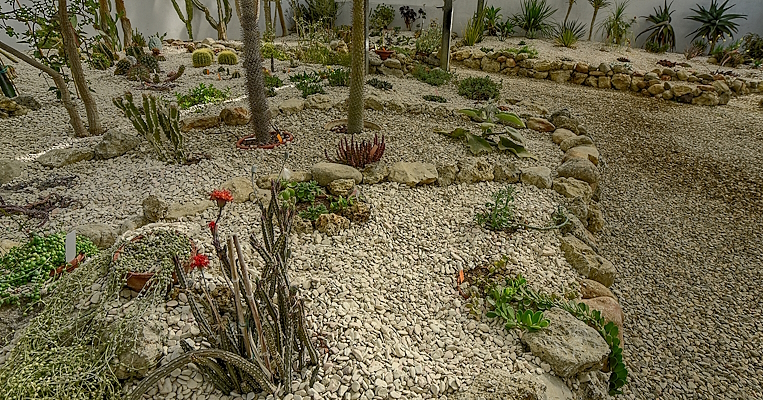
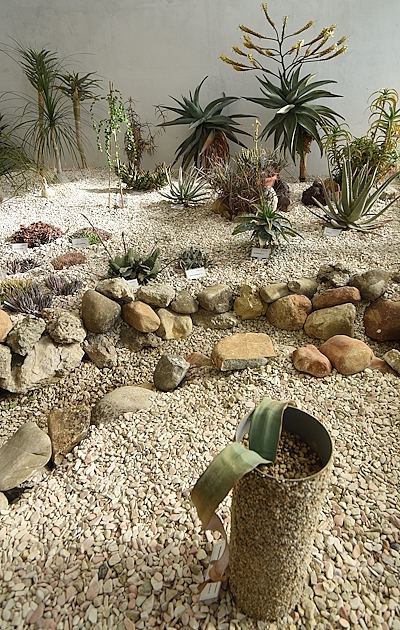
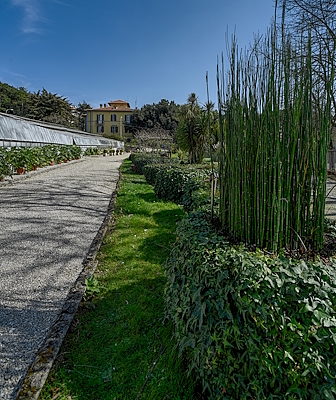
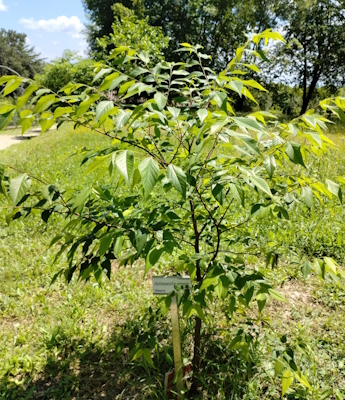
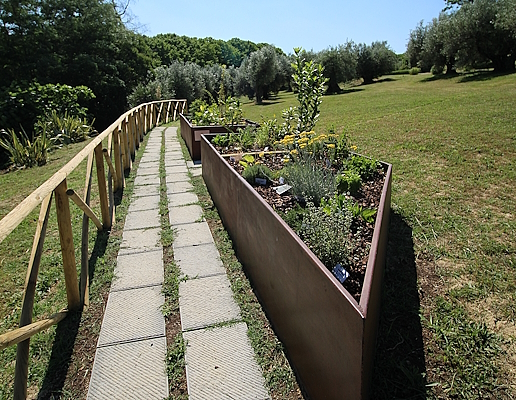


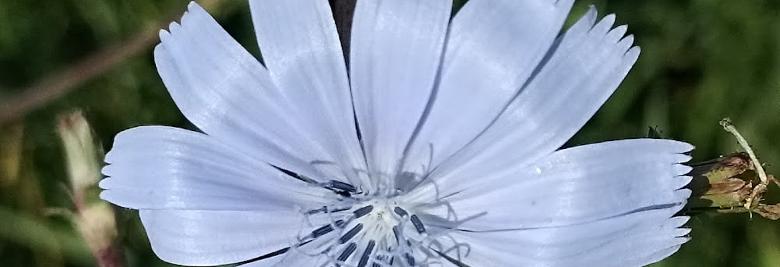
.jpg/eb9c7bda-4c22-7f45-7e45-d71115bb9735?width=780)
